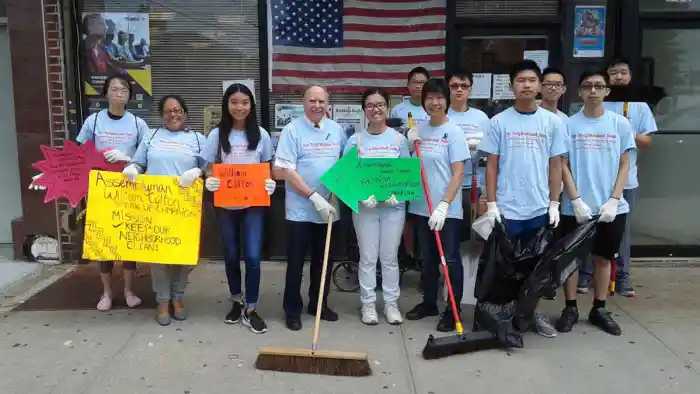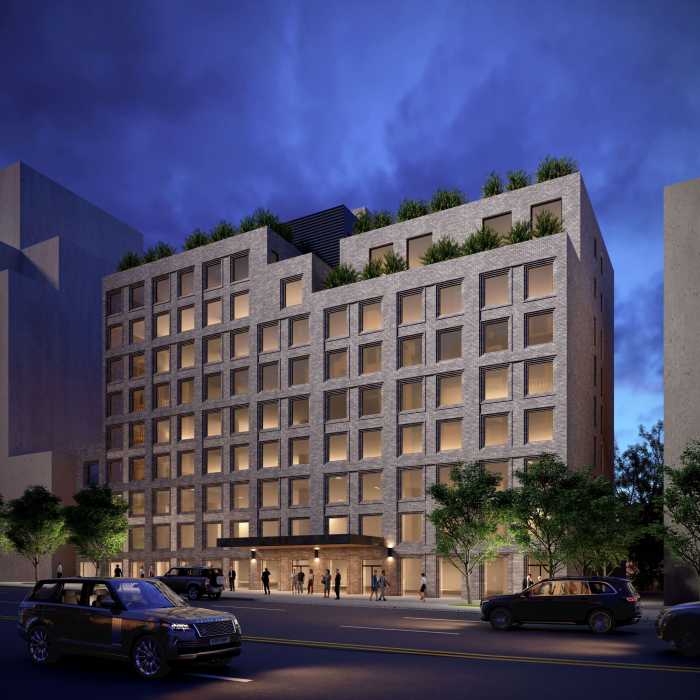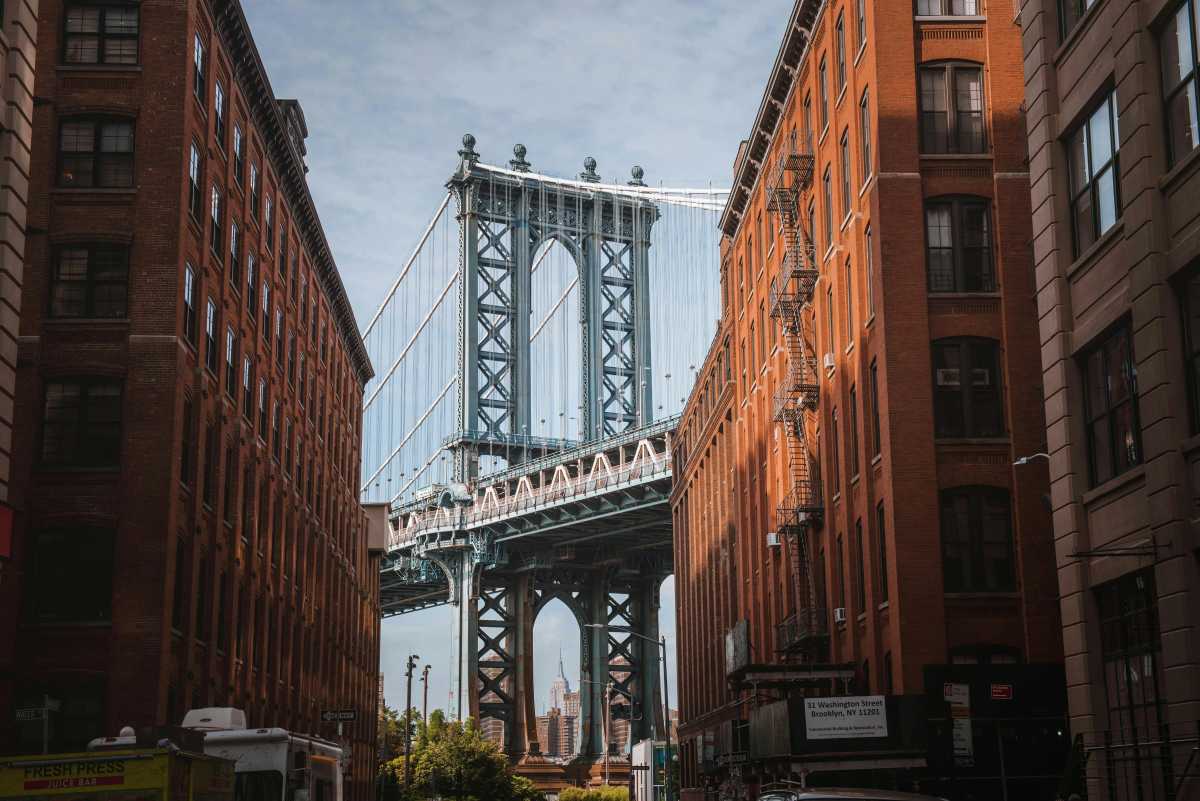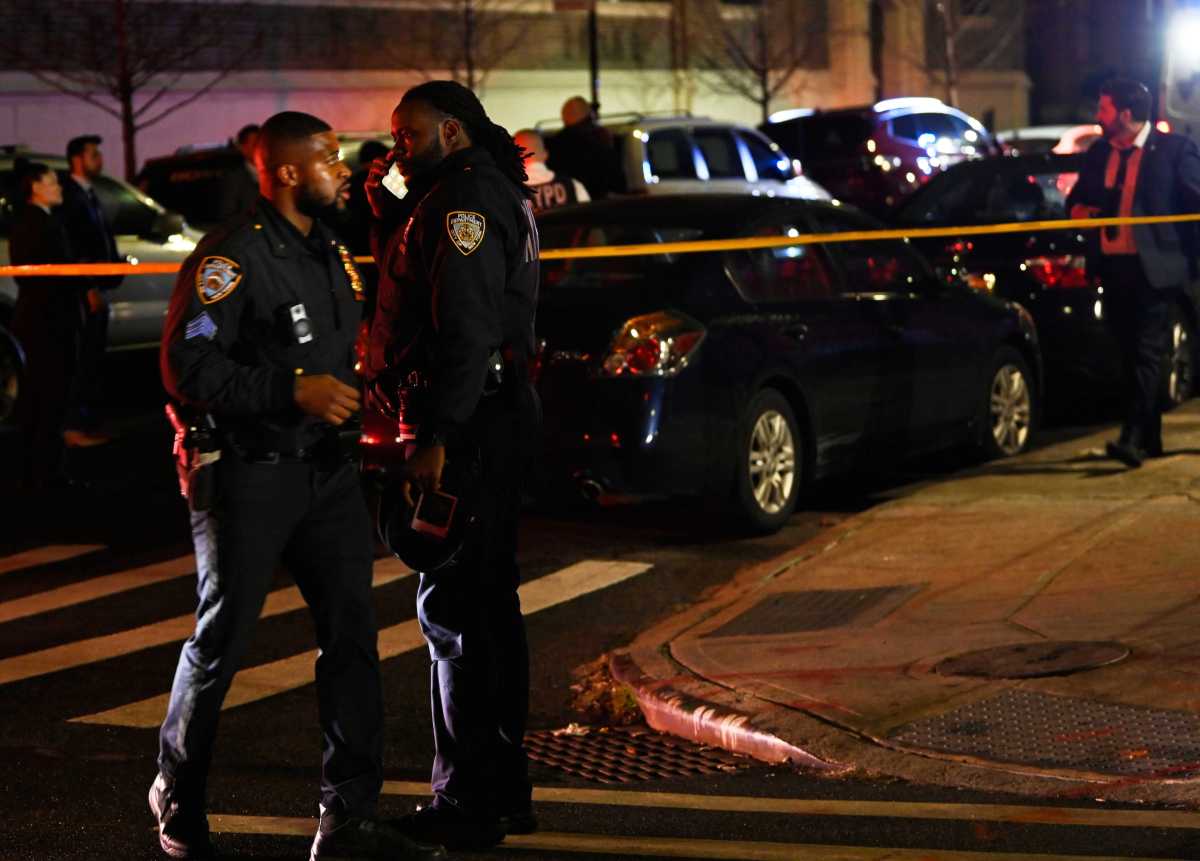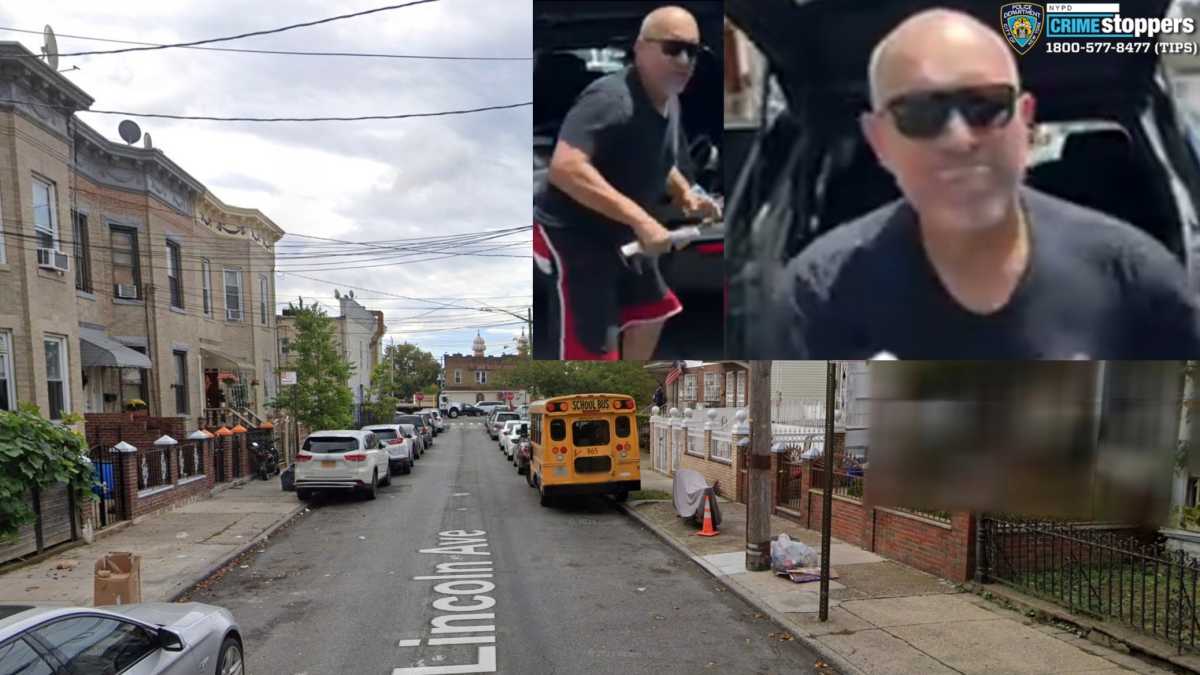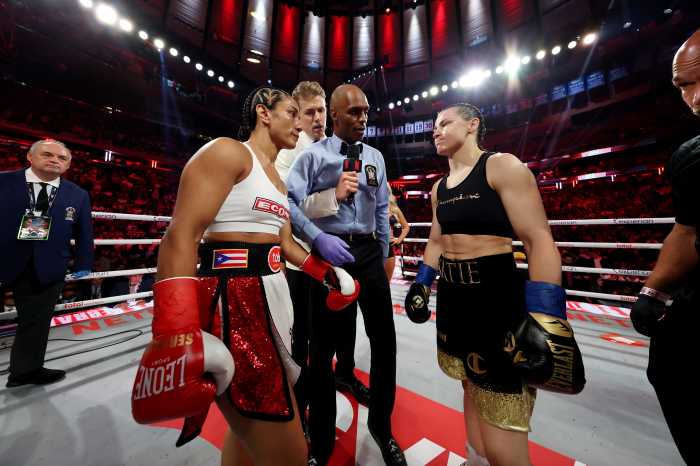The question of what, if any, public review there will be of Bruce Ratner’s
Atlantic Yards mega-development remains as much a mystery today as it
did when the plan was unveiled more than a year ago.
But indications are that it will not undergo city review, as many residents,
community boards and elected officials would like.
When plans to bring Ratner’s recently purchased New Jersey Nets team
to Brooklyn were announced a year ago, murmurings had already begun about
the review process.
And in February — when a scheme was unveiled for not only a 19,000-seat
arena, but for towering office and residential buildings that would take
up 24 acres of land, about half of which would be over state-owned Metropolitan
Transit Authority rail yards — suspicions emerged that a state-level
agency brokering the deal would prevent the $2.5 billion project from
going through the city’s rigorous public review process, or ULURP.
In response, the anti-arena plan community group Develop-Don’t Destroy
Brooklyn, the New York Public Interest Research Group and Community Boards
2, 6 and 8 have all sent letters to Mayor Michael Bloomberg and Gov. George
Pataki seeking a ULURP review of the plan.
The offices of both the mayor and governor have declined to return The
Brooklyn Papers’ repeated requests for comment on the issue.
Ratner’s development company, Forest City Ratner, has announced that
negotiations with the Empire State Development Corporation (ESDC) have
been sped up in hopes of reaching a memorandum of understanding that would
make the state agency the lead agency on the project, and negotiations
are ongoing with the state-run MTA over the sale of air rights over the
train yards.
It remains unclear what voice community members would have under a state-driven
scenario.
Deborah Wetzel, an ESDC spokeswoman, said this week that her agency, whose
board is appointed entirely by Gov. Pataki, had not yet committed to being
the lead agency on the Ratner project.
“It’s still a city project,” she said Thursday. “We
have not been asked by the city to make a decision.”
But speaking at a CB2 land use committee meeting last week, Forest City
Ratner Executive Vice President Jim Stuckey said the state had already
decided to lead the development.
“We do not get to pick what the law tells us we have to do,”
he told board members and residents in attendance who asked why the project
would not go through ULURP, a seven-month process that requires public
hearings before the community board, borough president, City Planning
Commission and City Council.
“I know the law can be changed, but it’s not our obligation
or interest to do that,” said Stuckey. “The law says if you
have a substantial amount of property that is owned by the state [the
MTA land] — in this case I guess it’s about 40 percent —
then the state must take the role as the lead agency.”
MTA spokespersons did not respond to questions posed for this article.
Department of City Planning spokeswoman Rachael Raynoff suggested the
state possessed control over the project and its review.
“Plain and simple,” said Raynoff, “the city cannot require
the state to go through ULURP on its own properties.”
What has residents and some elected officials hopping mad is that while
40 percent of the site may be state-owned, the other 60 percent is privately
held property for which Ratner has been negotiating purchase with the
threat of state condemnation through eminent domain hanging over those
dealings. Many owners of condominiums in three buildings in the site area
have reportedly already sold or agreed to sell their properties to Ratner.
Borough President Marty Markowitz has said he spoke to state Sen. Carl
Andrews about the review process for the arena plan.
Andrews, however, didn’t know of any work in the state Senate, he
said, “That doesn’t mean it’s not being discussed.”
An advisory board comprising the governor, Assembly Speaker Sheldon Silver
and state Senate Majority Leader Joe Bruno has veto power over any project
that requires the release of state land, Andrews said, and suggested they
may be in discussions.
But after a speech before the Brooklyn Chamber of Commerce, Speaker Silver
seemed disinterested in the plan.
“I haven’t seen the plan,” Silver said. “I don’t
know the basis by which it would come before the state legislature. I’m
not sure we have a role in it.”
On the local level, the 57th Assembly District, which includes the arena
site, is currently unrepresented following the conviction and resignation
of Roger Green, who is expected to regain the seat on Election Day. Green
said last week that he considers the project “inevitable,” and
would like to see a community benefits agreement that would guarantee
the neighborhood gets something back from the developer. Brownstone Brooklyn
Assemblywoman Joan Millman has publicly advocated for community input
into the plan but has not claimed any allies in the Assembly.
For his part, Markowitz has appealed to Andrews to get ESDC Chairman,
President and CEO Charles Gargano to meet with the community and discuss
the process of land disposal and review.
“I’ve been trying to reach out to Gargano’s office”
for about two or three weeks, said Andrews. At press time, he had received
no response, but a spokesman for the ESDC did offer an overview of what
the state-level process might entail.
“First a general project plan has to come to us, then it goes to
the board,” he said, meaning analysts review it before the ESDC board
of directors takes a look.
“The board then schedules a public hearing on the plan,” he
said, which happens “simultaneously as the Environmental Impact Statement
would take place, which also has a public comment process.” All the
comments are gathered, he said, and submitted to the full board, which
then either approves the project or presents suggested amendments to the
developers. After passing through the ESDC review, he was unsure of the
next steps.
Critics argue that Pataki’s system of hiring his own appointees is
the major reason that the state review is less thorough than the city’s
ULURP.
Markowitz, the arena plan’s loudest political cheerleader, was confident
that the plan would pass either review.
“If [the arena plan] was ULURP-ed then I would have a foolproof project,”
he said, at a question-and-answer session before the Park Slope Food Co-op
several weeks ago. He said the project was “primarily a state project
with the Empire State Development Corporation; it is their project. They’re
just not giving it to the city.” He also said he would have “no
opposition” if parts of the plan ended up going through ULURP.
Councilwoman Letitia James, of Prospect Heights, the plan’s most
vociferous elected opponent, countered, and criticized Markowitz’s
role as cheerleader for the plan, saying he should be more critical and
supportive of public review.
“The borough president could do more,” she said, in rallying
Assembly and Senate members to look at the plan.
She used Bruno’s stance on the proposed Jets football stadium and
expansion of the Javits Convention Center arena in Manhattan — wherein
he demanded $300 million for his upstate constituents if the state is
to grant the proposed stadium’s requested subsidy of $300 million
for development — as a place to start.
The Jets arena, which has been reported will not likely go through a vote
by the City Council because of its location, also on MTA rail yards, may
face vetoes by Bruno or Silver when it comes time to determine assignment
of subsidies.
As a result, Jets lobbyists have been drumming up the support of any Senate
and Assembly members they can get.
“[Markowitz] could do this right now and not wait for any future
legislation,” said James.


